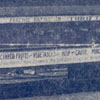 |
|
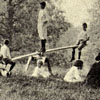 |
|
 |
|
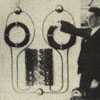 |
|
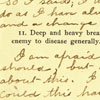 |
|
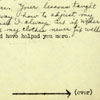 |
|
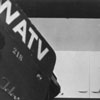 |
|
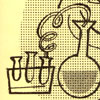 |
|

What Formats and Techniques
Did Home Economists Use to Educate the Public?
Cornell home economists were creative in the modes of communication they chose for reaching an audience as wide and diverse as possible. Although their pedagogical and outreach techniques changed over time, they were committed to a fundamental purpose: to extend research-based knowledge in order to improve the lives of the people of New York State.The Farmers' Wives Reading Course, initiated by Martha Van Rensselaer in 1900, marked the first outreach program established by Cornell. Recognizing its success, home economists continued to use print media, publishing in many popular women's magazines and writing inexpensive pamphlets that were distributed widely. In addition, they developed travelling exhibits in railroad cars that criss-crossed the state in order to reach rural communities. Like the displays of Farm and Home Week, an annual statewide event that brought thousands of people to the Cornell campus, these traveling exhibits were important social events that proved effective in educating the public about the most relevant developments in domestic science. Extension workers also traveled to local elementary schools with special youth-oriented activities designed to engage and educate children as well as their parents.
Home economists took advantage of new technology and began to use radio in the 1920s. This "air college" was instantly successful and remained an influential outreach medium through the 1940s. By the mid-1950s, television began to eclipse radio as a source of information, and once again home economists adjusted to change by adopting television as a teaching tool in their effort to reach a mass audience. Hazel Reed, '30, noted that Cornell home economists demonstrated a keen ability to change both "program emphasis and methods of delivery [in order] to meet the needs of individuals and families in an ever-changing world."
Select an image at left
or choose from the list below:
|
|||||||||
|
Copyright © 2001 Division
of Rare & Manuscript Collections For reference questions, send
mail to: rareref@cornell.edu
|
